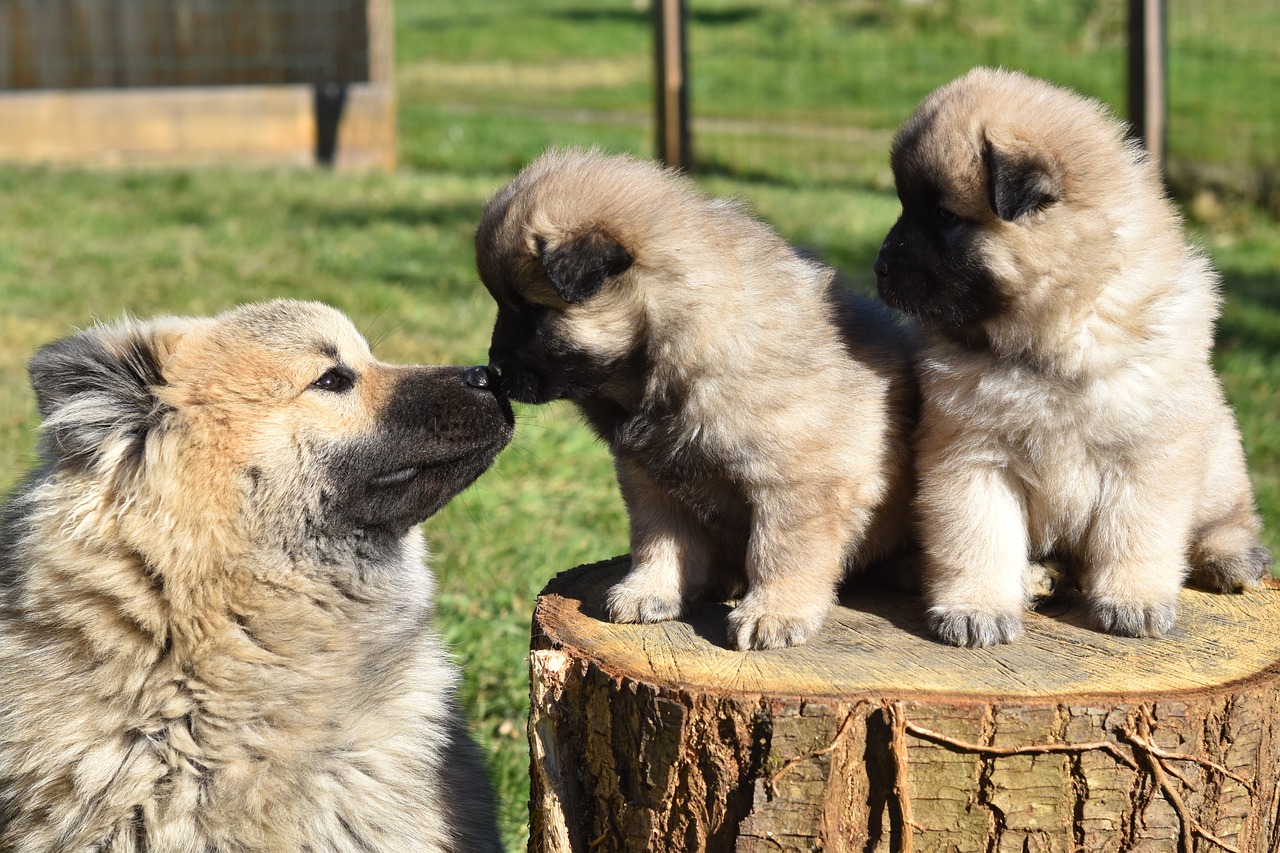Responsible Dog Breeding Guidelines
Additional Resource

Definitions and terms used in these guidelines:
1. Introduction
2. Principles of responsible breeding
3. Selection of parents (3.1 General considerations; 3.2 Behavioural traits; 3.3 Inherited disorders; 3.4 General health requirements)
4. Competent human carers
5. Requirements for good animal welfare: Good feeding, good housing, good
health and appropriate behaviour (5.1 Good feeding (General, Adult dogs, Pregnant and lactating bitches, Puppies); 5.2 Good housing (Light, Noise, Ventilation, Temperature, Accommodation); 5.3 Good health (Handling, Inspection of dogs and puppies, Surgical mutilations, Veterinary care, Euthanasia, Cleaning and hygiene, Isolation facilities, Emergency planning); 5.4 Appropriate behaviour (Meet dogs’ environmental needs, Social interaction with other dogs, Pregnancy and whelping, Early experience – habituation and socialisation)
6. End of breeding life
7. Record keeping
8. Protecting the future welfare of puppies and their new owners
9. Registration, licensing, and enforcement
The Federation of Veterinarians of Europe , VIER PFOTEN / FOUR PAWS – European Policy Office, European Society of Veterinary Clinical Ethology (ESVCE), National Animal Welfare Inspection Service, The Netherlands, Croney, C., Baqueiro Espinosa, U., McEvoy, T., Pfaller, N., Jessop, M., Hilby, E., Tasker, L., & Mertin, I. (2020). Welfare in pet trade: Responsible dog breeding guidelines. Food Safety – European Commission. Retrieved January 2, 2023, from https://food.ec.europa.eu/system/files/2020-11/aw_platform_plat-conc_guide_dog-breeding.pdf
View Resource
Topic(s): Breeder Resource, Dog Welfare, Welfare